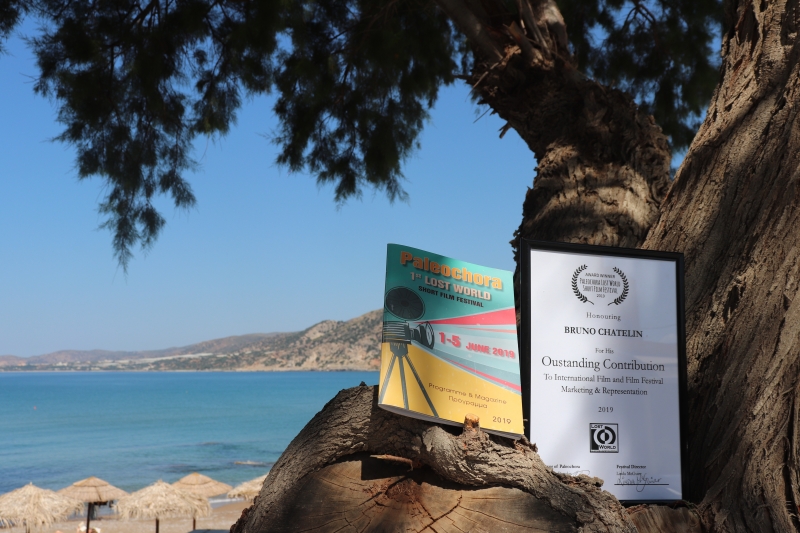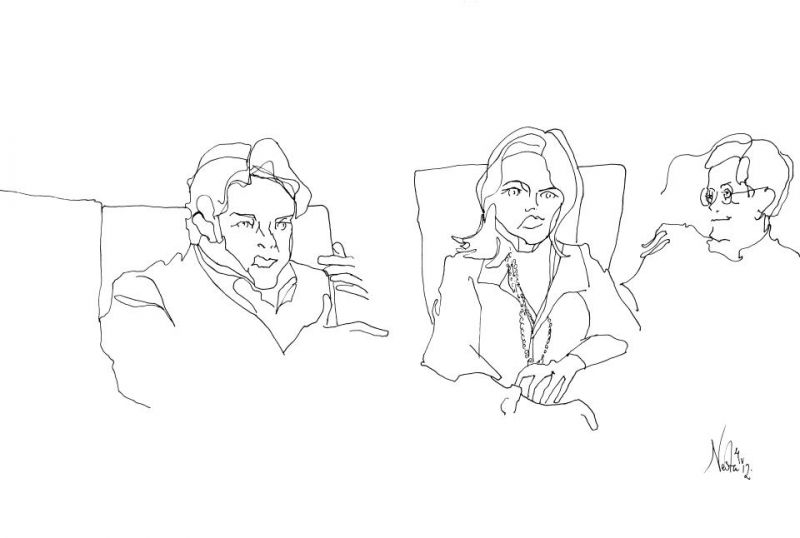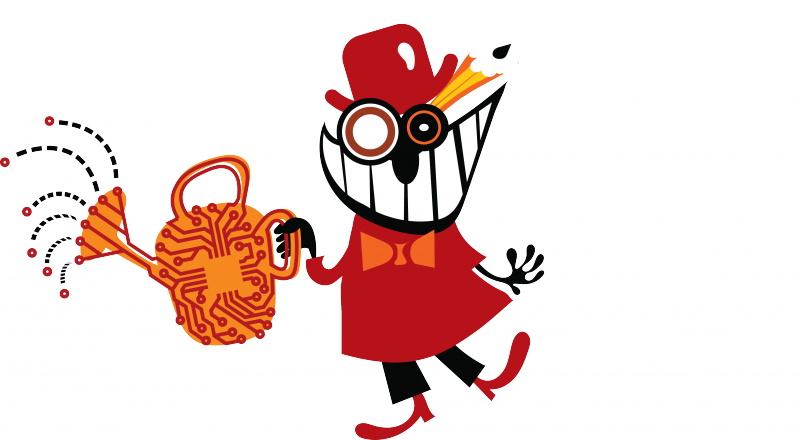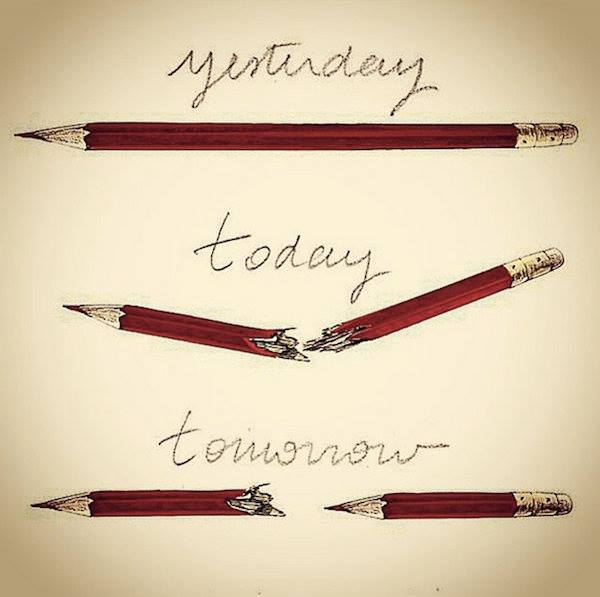This festival continues as an upscale, boutique film venture for cinephiles, with only 25 features and innovative sidebars--including a critical overview of foreign filmmakers, with respect to both new filmmaking approaches and new subjects. Other major fests love red carpets, pay respect to commercial consideration and defer to megalomaniac growth desires; they need to present as many new films as possible, to have a large contingent of buyers and distributors, and to secure a sizable presence of the trade press and social events, to name but a few. The NYFF dispenses with these surface ambitions. The films are shown once or twice only, and are frequently difficult, requiring reflection. It is as if Richard Pena and the selection committee (which mainly consists of film critics) have adopted Berthold Brecht’s theatre audience dictum “Buerger, glotzt nicht so daemlich,” to have the audience gain reflexive distance and avoid emotional identification with what is on the stage or the screen.
More-so than with any of the NYFFs that I attended over the last decade, many substantive and formal aspects of the films selected for 2006 mirror a postmodern consciousness--far away from the conventional presentations of mainstream cinema…far from predictable narrative patterns with their emphasis on a modicum of ‘rationality’. Yet, many of the films did succeed in capturing trends in our culture and social norms, such as shifts in the focus of our attention including the absence of overriding interpretations, the individual’s sense of dislocation, an emphasis on the imagination and the unconsciousness, and the apparent end of predictability.
A prime example is Pedro Almovar’s VOLVER, a masterly excursion into the world of women and female bonding where men have become superfluous and figure only as abusive predators preying on women, children and the innocent. In VOLVER, men have become secondary, shallow characters distant from the campy eroticism that they embodied in Almovar’s earlier films. The women appear as differentiated, complex characters with something to say while the men recede into the filmic background.
Women’s dominance as strong individuals was an evident theme in other 2006 NYFF selections. In the Turkish entry CLIMATES by Nuri Bilge Ceylan, repression is the guiding theme, with the male protagonist depicted as selfish and unable to express emotions, unable to relate to women beyond surface interactions of sex and meals. In Stephen Frears’ THE QUEEN, we observe the intensity of the imagery surrounding Princess Diana as well as some comic surface rituals, but the character of the queen prevails as a detached yet powerful individual, who plays out her role against the background figures of a blundering Prince Charles, a wimpy husband Philip, and the hapless Prime Minister Blair. Frears may have anticipated what was recently published, that the queen has little respect for Blair and presumably other males.
In LITTLE CHILDREN by Todd Field, the depiction of meaningless suburban lifestyle plays a central role as hypocritical middle class mothers, guided by possessive love, drive a presumed child molester to self castration. Behind the facade of civility and highly routinized interaction patterns loom barely repressed desires and conflicts that will be readily detected by viewers coming from the same culture. With MARIE ANTOINETTE by Sofia Copola, another woman takes center stage within the beautiful period reconstruction sets. Yet, like the sets, there seems to be neither complexity nor depth to Marie Antoinette. In this easily digested film, we see her life depicted through a ritualistic superficiality in which the characters are totally decontextualized. Frozen imagery reins supreme, leading to desubstantiation. Apparently the inclusion of anomalous, hip, punk rock music is more important than creating understanding of the+ story. The distance between Copola’s flat oeuvre and the multi-layered, extraordinary creative and imaginative PAN’S LABYRINTH could not be bigger. In this cinematographic fairy tale by Guillermo del Toro, the brutal repression experienced in post civil war Spain is as faithfully rendered as is the young girl’s imaginary reaction. Her coping mechanism against the horror is to create a mental place of her own filled with surreal creatures and actions. Ultimately, her unconsciousness prevails, overcoming the oppression. Another venture into the fantastic, Alejandro Jodorowsky’s EL TOPO (a feature first released in 1970 and now available again in a magnificent restoration) complements the postmodern aspects of the festival. Surreal imagination dominates in this non-traditional, unpredictable narrative presenting a violent gunslinger’s quest for enlightenment through slaying, meditation and self immolation. Set against a relentless desert landscape, the film includes encounters with outlaws, a blind hermaphrodite, gypsies, a rabbit sheppard, desolate priests, cultists, and a colony of deformed people--in short, a veritable menagerie surpassing all that LE CHIEN D’ANDALOU and FREAKS have to offer. As the discussion with Jorowski revealed, figuring out the meaning of El Topo is the task of the audience, a position also shared by David Lynch. The violence and slaughter connected to mythical and religious symbolism in EL TOPO has its counterpart in Johnnie To’s film TRIADE SELECTION--a perfectly staged orgy of secular violence. Here the images of human limbs severed and ground into dog food persists long after the storyline has disappeared from memory.
This year’s NYFF lineup showcased manifestations of the modern interior landscape: women (the other) moving to center stage with men as superfluous characters; the inability of an individual to relate to society and environment; the absence of meaning in everyday life; rituals replacing interactions; the celebration of the surface; the implicit glorification of violence; the rise of the unconsciousness and the reassertion of surreal imagination; the disappearance of ‘rational’ ‘mankind'. From the outside, they appear as related phenomenon in our post-industrial world, a byproduct of our mastery over nature prompting the eventual destruction of natural processes. From my perspective, OUR DAILY BREAD, by the Austrian Nikolaus Geyrhalter is as innovative and compelling as David Lynch’s INLAND EMPIRE. In this feature length documentary, Geyrhalter records the industrialization of agricultural productions. The film has no narration that intervenes between the viewer and the images of the film, thus the viewer is confronted directly with what the image holds. Fields are transformed into large agricultural factories. Slaughter houses become gigantic, computerized, automated killing floors that spread across many acres. Slow tracking shots, the prevalence of natural sound, and superb photography immerse the viewer in the images which persist in one’s mind long after the screening is over. Nature is dehumanized in the Procrustean bed of productivity that is fired by science and technology; the workers become silent appendices to the agricultural moloch employing them.
Alain Resnais’ PRIVATE FEARS IN PUBLIC PLACES, based on an Ayckbourn’s play, provides an elegant yet rather traditional meditation of the solitude of living in the large city, and the inability to escape one’s existence. Accidental interruptions, uncertainty, chance encounters, failing involvements, loneliness, and the fundamental separation of related individuals are the dominant and recurrent themes of this middle class scenario.
Arguably, the most important film of the 2006 New York Film Festival (possibly of 2006) is David Lynch’s INLAND EMPIRE, recorded on digital video. Whereas the other films mentioned here contained elements of postmodern consciousness, INLAND EMPIRE is its close-to-perfect embodiment. Produced by Asymmetrical, Lynch’s production company, the film was funded by Canal Plus, despite Lynch’s insistence that he did not know where the film was going. The film has been publicized cryptically by the French funder as “a story of mystery, a mystery inside, worlds within worlds, unfolding around a woman… a woman in love and in trouble”. This ambiguity of description reflects the delightfully puzzling film, which constitutes a cinematic venture of frequently surreal episodes in a non-linear narrative. Lynch successfully breaks formats of traditional filmmaking in this seemingly random chronicle lacking a clear beginning or end, moving backward and forward in time, playing in dark rooms and staircases, with serenading prostitutes, bizarre dialogues, and rabbit headed sit-com figures. Through a series of looking glasses, viewers search in vain for predictable story, a linear narrative, or a unifying framework of interpretation. As Lynch suggested, the ‘story’ emanated from the meaning that he discovered in the many fragments of the film. There was no a priori cognitive structure from which he approached the subject. What the film does show may remain incomprehensible to the audience, a possibility that does not bother Lynch at all. As reflected in Robert Wilson’s approach to the theatre, Lynch seems to share the view that there is no objective meaning out there and that the subject defines us, as we, embodied in fleeting identities, generate temporary meaning faced with discontinuities, ruptures, and accidental events ( Breton’s notion of the chance). To discover this structuring of reality requires a new way of seeing and a suspension of taken-for-granted notions as expressed by Lynch and Wilson.
Claus Mueller, New York Correspondent
e-mail filmexchange@gmail.com
 Chatelin Bruno
Chatelin Bruno 


























